Films – Reflecting Society’s Dynamics
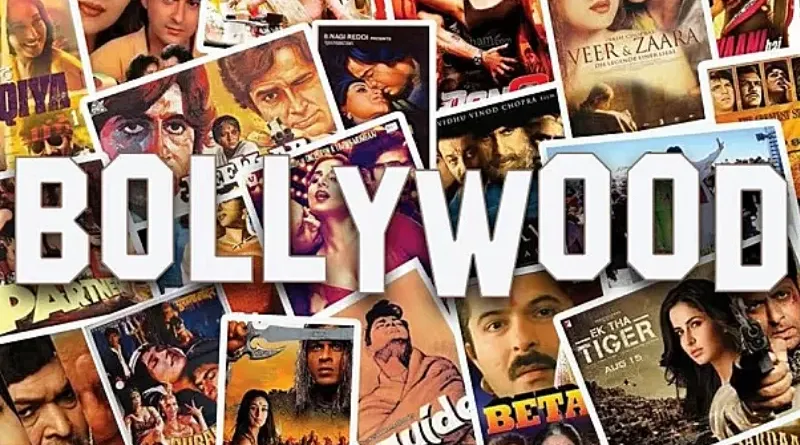
Bollywood heroes have evolved in response to the aspirations, struggles, and dreams of the common man in India.
Films have always been a mirror to society, reflecting the changing expectations, desires, and struggles of the common man. In India, Bollywood has consistently adapted to the country’s social, political, and cultural shifts, evolving its characters and narratives to resonate with the public. The transformation of Bollywood heroes—from the romantic figures of the 1960s to the rebellious, angry young men of the 1970s, and beyond—provides a window into the evolving mindset of the common man in India. Each era of Bollywood heroes mirrors the challenges and aspirations of their times.
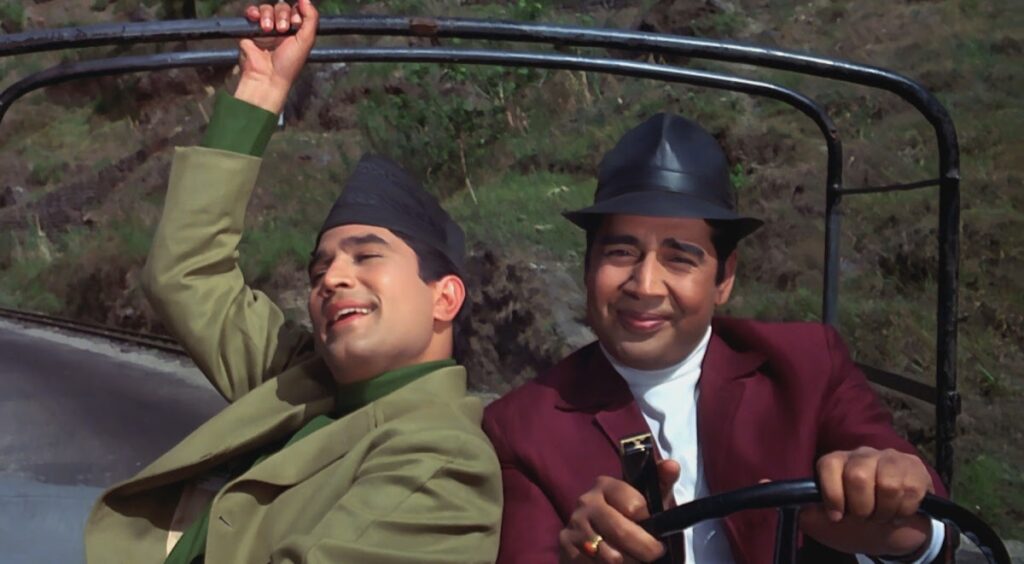
1. The Romantic Hero: Rajesh Khanna (1960s – Early 1970s)
- The Era: The 1960s and early 1970s were a time of relative stability and optimism for post-independence India. The economy was growing, and people were beginning to rebuild their lives after the tumultuous partition and independence.
- The Hero: Rajesh Khanna emerged as the quintessential romantic hero, often portraying characters full of compassion, love, and emotional depth. His characters reflected the optimism and dreams of a newly independent nation that was looking toward the future with hope.
- Example Films: Aradhana (1969), Anand (1971), Kati Patang (1970)
- Impact: His roles often depicted love, sacrifice, and emotional vulnerability. The common man in India at this time was seeking comfort in relationships and emotions, moving away from the struggles of independence and focussing on personal and emotional fulfilment.

2. The Angry Young Man: Amitabh Bachchan (1970s–80s)
- The Era: By the mid-1970s, India was facing major socio-political upheavals. During the Emergency (1975–77), unemployment, corruption, and economic instability were rampant. There was widespread disillusionment with the system, and people were frustrated with the unfulfilled promises of independence.
- The Hero: Amitabh Bachchan’s “angry young man” persona was born during this period, giving voice to the frustrations and anger of the common man. His characters were often rebellious, fighting against a corrupt system and societal injustices.
- Example Films: Zanjeer (1973), Deewar (1975), Sholay (1975), Trishul (1978)
- Impact: Bachchan’s roles as a vigilante or a disillusioned youth resonated deeply with the Indian audience. His characters, whether a dock worker in Deewar or a police officer in Zanjeer, symbolised the anger of the common man who was battling corruption and inequality. His popularity reflected the desire of the masses to see a hero who could confront the system and provide justice.
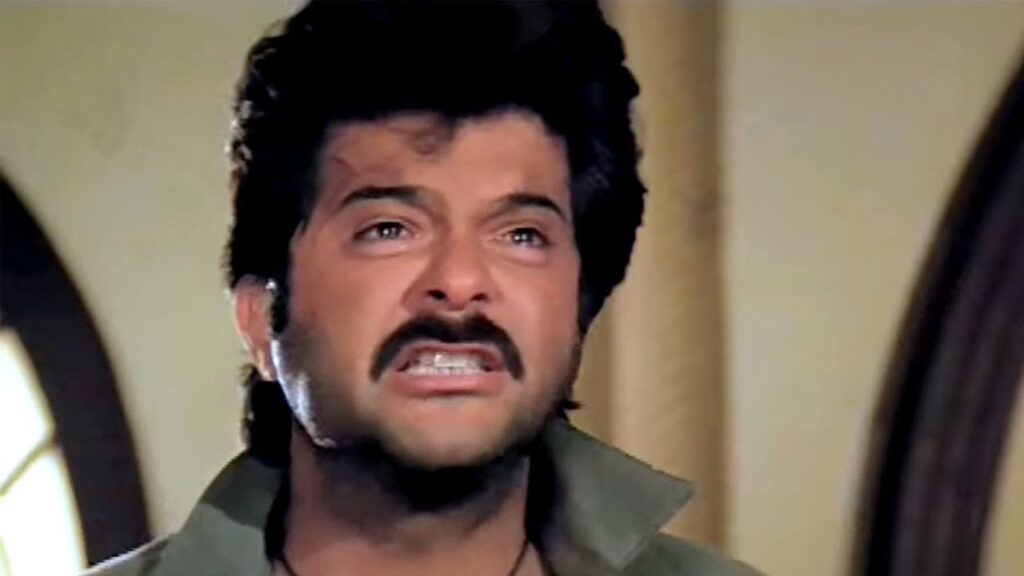
3. The Middle-Class Everyman: Anil Kapoor and Aamir Khan (Late 1980s – Early 1990s)
- The Era: The late 1980s and early 1990s were marked by economic liberalization in India, a shift in the aspirations of the middle class, and the emergence of a more globalized worldview. The common man’s focus was shifting from survival to ambition and economic prosperity.
- The Hero: Anil Kapoor’s roles in films like Tezaab (1988) and Ram Lakhan (1989) began to show a blend of the angry young man and the more accessible, middle-class hero. Aamir Khan, with Qayamat Se Qayamat Tak (1988), introduced the youthful, relatable romantic hero, whose struggles were often personal rather than societal.
- Example Films: Tezaab (1988), Ram Lakhan (1989), Dil (1990), Jo Jeeta Wohi Sikandar (1992)
- Impact: These characters were more relatable to the growing middle class. They reflected the aspirations of the Indian middle-class man who was not just trying to fight the system but also focused on love, relationships, and personal achievements. The heroes of this time were optimistic and relatable, representing the changing ambitions of a society ready to embrace new opportunities.

4. The NRI Dream: Shah Rukh Khan (1990s – Early 2000s)
- The Era: The 1990s saw India’s economy opening to the world, and with it, the rise of the Indian diaspora’s influence. The common man’s dreams now extended beyond Indian borders, with a focus on upward mobility, wealth, and globalization.
- The Hero: Shah Rukh Khan became the face of this new, aspirational India. His roles as an NRI or a wealthy urban character in films like Dilwale Dulhania Le Jayenge (1995) and Kabhi Khushi Kabhie Gham (2001) reflected the common man’s evolving dreams—of love, family, and financial success, not just within India but globally.
- Example Films: Dilwale Dulhania Le Jayenge (1995), Dil Se (1998), Kabhi Khushi Kabhie Gham (2001).
- Impact: Shah Rukh’s characters were romantic, successful, and modern, reflecting the aspirations of young Indians both at home and abroad. His portrayal of love in the age of globalization resonated with an audience that was beginning to see themselves as part of a larger, globalized world.
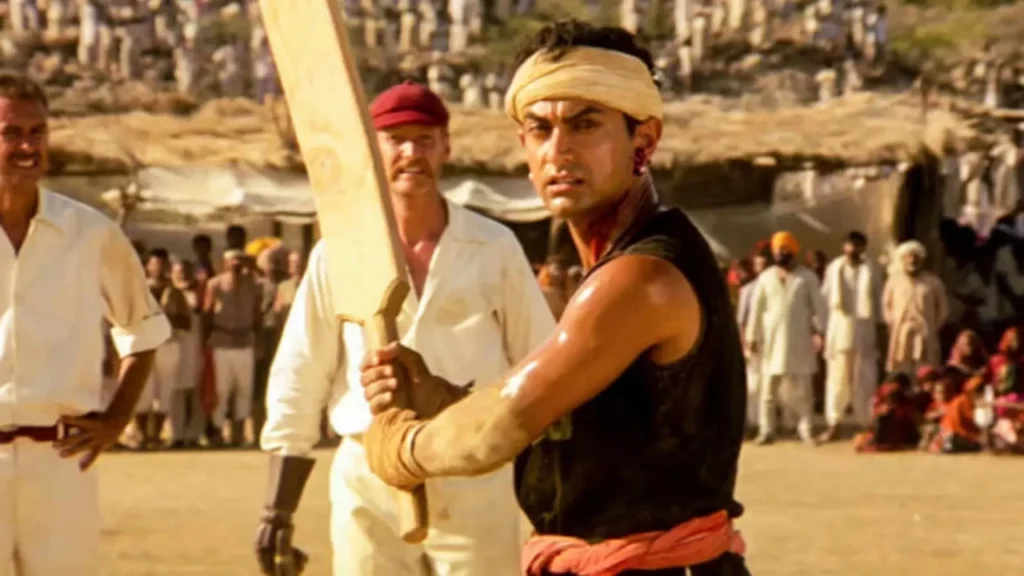
5. The Socially Conscious Hero: Aamir Khan (2000s–Present)
- The Era: By the 2000s, India was grappling with new social challenges, such as education reform, social justice, and economic inequality. The common man’s concerns were now about progress and solving societal problems.
- The Hero: Aamir Khan evolved into a socially conscious hero, portraying characters that were not just focused on personal gains but were concerned with societal improvement. Films like Lagaan (2001), Taare Zameen Par (2007), and Dangal (2016) showcased the struggles of ordinary Indians fighting against systemic issues and pushing for societal change.
- Example Films: Lagaan (2001), Taare Zameen Par (2007), 3 Idiots (2009), Dangal (2016)
- Impact: Aamir Khan’s films highlighted real-world problems like the education system, social inequality, and gender issues, portraying heroes who tackled these challenges head-on. His characters were relatable to the common man, who was no longer just looking for personal success but also for meaningful social impact.
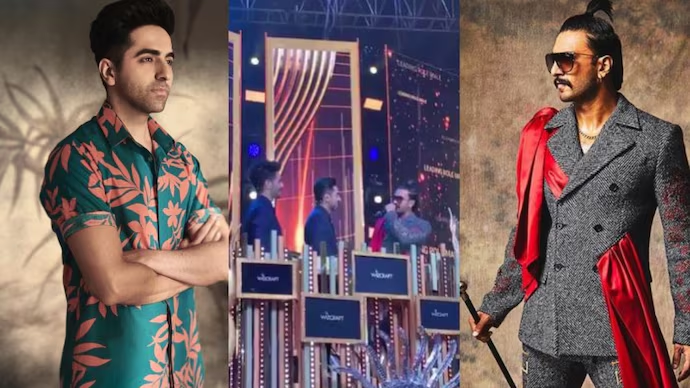
6. The New-Age Rebel: Ranveer Singh and Ayushmann Khurrana (2010s – Present)
- The Era: In the 2010s, Indian society continued to evolve with changing attitudes towards gender roles, sexual identities, and social norms. The common man began to seek authenticity, uniqueness, and expression of individuality.
- The Hero: Actors like Ranveer Singh and Ayushmann Khurrana began to embody this new-age hero. Ranveer, with his raw energy, brought the unconventional rebel to life in films like Gully Boy (2019), while Ayushmann tackled unconventional roles that dealt with taboo subjects like sperm donation (Vicky Donor, 2012) and premature baldness (Bala, 2019).
- Example Films: Gully Boy (2019), Vicky Donor (2012), Article 15 (2019), Bala (2019)
- Impact: These actors portray heroes who embrace their flaws, fight against social stigmas, and challenge the status quo. Their roles reflect a more progressive, open-minded common man who is unafraid to confront societal expectations and celebrate individuality.
Conclusion
Bollywood heroes have evolved in response to the aspirations, struggles, and dreams of the common man in India. From Rajesh Khanna’s romanticism to Amitabh Bachchan’s anger, Shah Rukh Khan’s global aspirations, and Aamir Khan’s social conscience, these characters have mirrored societal shifts and the changing mindset of the Indian public. Each hero, in his way, has represented a facet of the common man’s journey through India’s post-independence history. Today’s heroes are rebels, thinkers, and change-makers, embodying the complexities of modern India and its place in the global context.




1 Comment